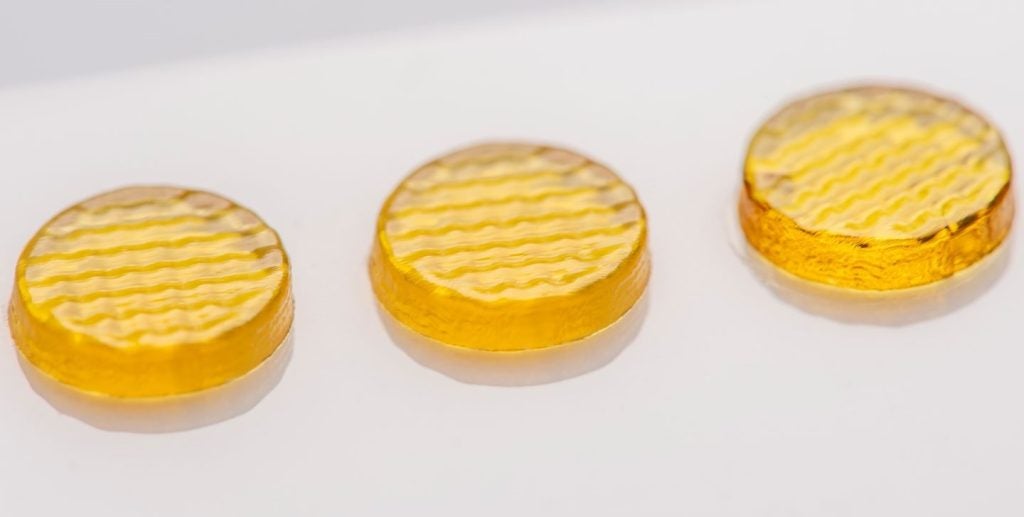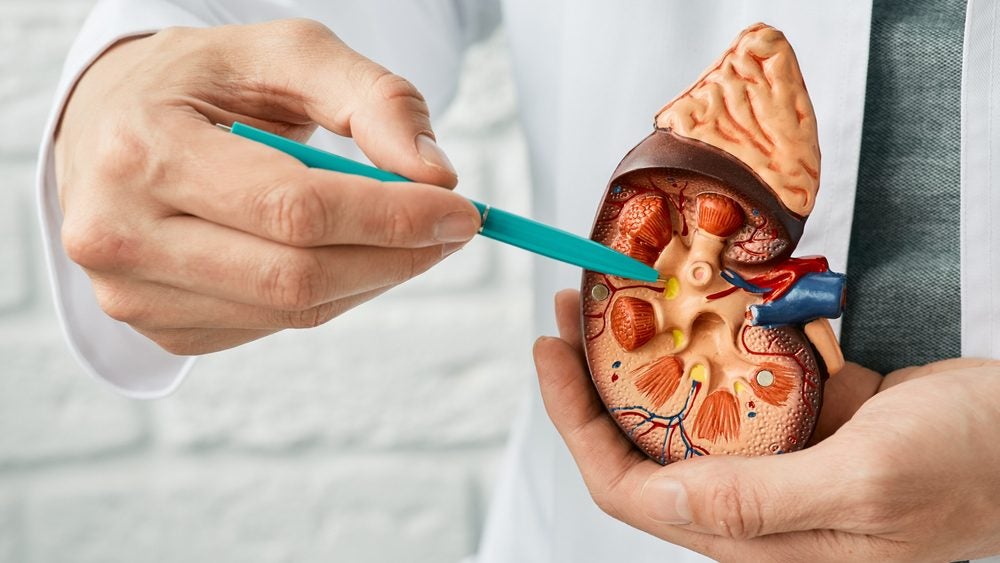Avidity Biosciences. has filed a patent for a method of treating Facioscapulohumeral muscular dystrophy (FSHD). The method involves intravenously administering a conjugate that includes an anti-transferrin receptor antibody linked to an oligonucleotide. The oligonucleotide has specific modifications and targets the degradation of DUX4 mRNA and DUX4 biomarker RNA in muscle cells. The patent also lists specific biomarker RNAs that can be targeted. GlobalData’s report on Avidity Biosciences gives a 360-degree view of the company including its patenting strategy. Buy the report here.
According to GlobalData’s company profile on Avidity Biosciences, Nanoparticle drug conjugates was a key innovation area identified from patents. Avidity Biosciences's grant share as of September 2023 was 21%. Grant share is based on the ratio of number of grants to total number of patents.
Method of delivering oligonucleotide for treating muscular dystrophy
A recently filed patent (Publication Number: US20230287420A1) describes a method for delivering an oligonucleotide to individuals with facioscapulohumeral muscular dystrophy (FSHD) or other muscular dystrophies associated with repeat region mutations. The method involves intravenously administering a conjugate that consists of an anti-transferrin receptor antibody linked to either the 5' or 3' end of the oligonucleotide. The oligonucleotide contains modifications and a complementary region of at least 15 nucleotides to the target mRNA sequence, specifically DUX4 mRNA in the case of FSHD. The oligonucleotide is 15-35 nucleotides long and can have modifications such as 2'-modified nucleosides or a modified backbone. The oligonucleotide leads to the degradation of DUX4 mRNA and other DUX4 biomarker RNA in muscle cells, which are associated with FSHD. The DUX4 biomarker RNA includes MBD3L2, TRIM43, PRAMEF1, ZSCAN4, KHDC1L, and LEUTX.
The patent also describes the use of a cleavable linker, such as a valine-citrulline sequence, to covalently link the oligonucleotide to a lysine in the anti-transferrin receptor antibody. The cleavable linker may also include polyethylene glycol units. The anti-transferrin receptor antibody can be in various forms, including ScFv, Fab fragment, Fab' fragment, F(ab')2 fragment, or Fv fragment. The method is applicable to individuals with different types of muscular dystrophies associated with repeat region mutations, not just FSHD. The muscle cells targeted can be skeletal, cardiac, or smooth muscle cells. The method is intended for use in humans.
In summary, the patent describes a method for delivering an oligonucleotide to individuals with FSHD or other muscular dystrophies associated with repeat region mutations. The method involves intravenous administration of a conjugate consisting of an anti-transferrin receptor antibody linked to the oligonucleotide. The oligonucleotide, with modifications and a complementary region, leads to the degradation of target mRNA and biomarker RNA in muscle cells. The patent also discusses the use of a cleavable linker and different forms of the anti-transferrin receptor antibody. The method is applicable to various types of muscular dystrophies and is intended for use in humans.
To know more about GlobalData’s detailed insights on Avidity Biosciences, buy the report here.
Premium Insights
From

The gold standard of business intelligence.
Blending expert knowledge with cutting-edge technology, GlobalData’s unrivalled proprietary data will enable you to decode what’s happening in your market. You can make better informed decisions and gain a future-proof advantage over your competitors.







